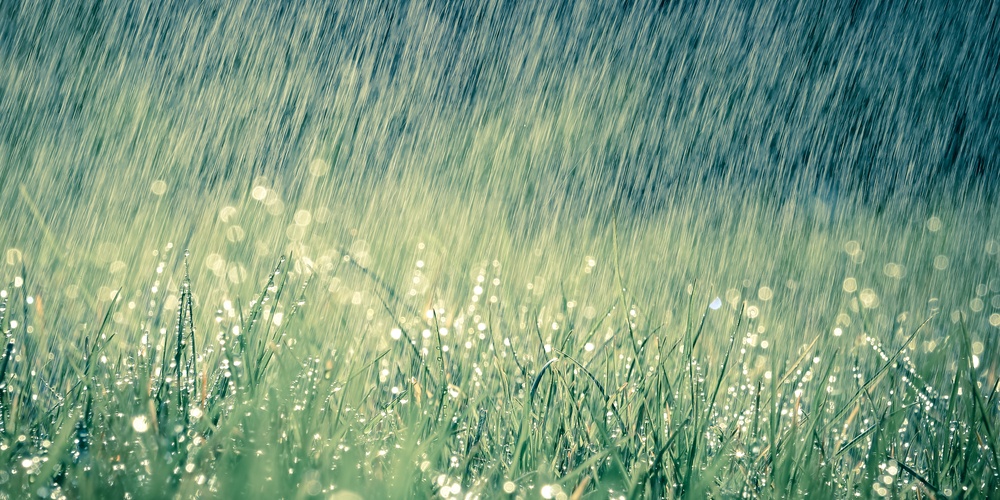
The 14th-century legal code, the Arba Turim, the Four Rows, begins the laws of Sukkot by noting that when one sits in a sukkah, one must be cognizant of the fact that our sukkot commemorate the clouds of glory that guided and protected us during our sojourn in the desert.
Our rabbis teach that it was in the merit of Aharon that we were blessed with the annanei hakavod, the clouds of glory, and that upon his death the clouds departed, leading “the Canaanite king of Arad” to attack us (Bamidbar 21:1). With the “lover of peace and seeker of peace” gone, our enemies perceived that it was a most opportune time to attack.
One cannot completely fulfill the obligation of sitting in the sukkah without following in the footsteps of Aharon the peacemaker. “All of Israel shall dwell in the sukkah (Vayikra 23:42)—all of Israel are worthy to sit together in one sukkah” (Sukkot 27b). A sukkah must be the embodiment of Aharon, the one who is bringing people together— and bringing them closer to Torah (Pirkei Avot 1:12). The four species we hold throughout the holiday symbolize the diverse community of Jews with which we are blessed; and the halacha insists that all Jews, regardless of affiliation or level of observance, join together. One may have the most beautiful of etrogim, the symbol of the learned and pious Jew; but if the arava, symbol of the ignorant and non-observant Jew, is missing, the etrog is no more than a glorious lemon. It may have a nice smell, but has no religious significance.
On Shemini Atzeret, our focus shifts to that of water. The haunting tune of tefillat geshem, the prayer for rain, reminds us that despite our hard work and ingenuity, our sustenance ultimately depends on the blessings of G-d. Sukkot marks the last of the three agricultural festivals and the beginning of the winter season. Especially in Israel, a land most dependent on rainwater, the water brought by the rains is crucial[1].
It is, our rabbis teach, in the merit of Miriam that the Jewish people had water in the desert. Without her efforts Moshe would not have survived, or even have been born. It took her extraordinary level of faith in the Jewish future to convince her parents that having Jewish children is well worth it, no matter what our enemies may have planned for us (see Sotah 12a). It is Miriam who serves as the role model, inspiring many—so much so that our Sages note that it was “as a reward of the righteous women in that generation that we were redeemed from Egypt” (Sotah 11b). Simply stated, without the Miriams of the Jewish people, there would be no Jewish people.
On Simchat Torah our focus turns to Moshe Rabbeinu, who gave the people spiritual sustenance; and thus it is in his merit that manna, food, was provided to the Jewish people. We read of his physical death, yet we dance with the eternal Torah he taught to us. He lived the most complete life possible, and while the Jewish people mourned for 30 days, we celebrate his life each and every day.
May we merit building a permanent sukkah of peace in the Land of Israel.
-----------------------------------------------------------------------------------------------------------------------------
[1] Due to Israel's world leadership in innovation and technology, Israel has become the world’s superpower in regards to water conservation and desalination, making the need for rainwater less urgent. This most positive development carries the risk of one falling prey to the dangerous feeling of, “My power and the might of my hand has brought me this wealth” (Devarim 8:17) and hence, we must reinforce the miraculous nature of the establishment of the State of Israel.
